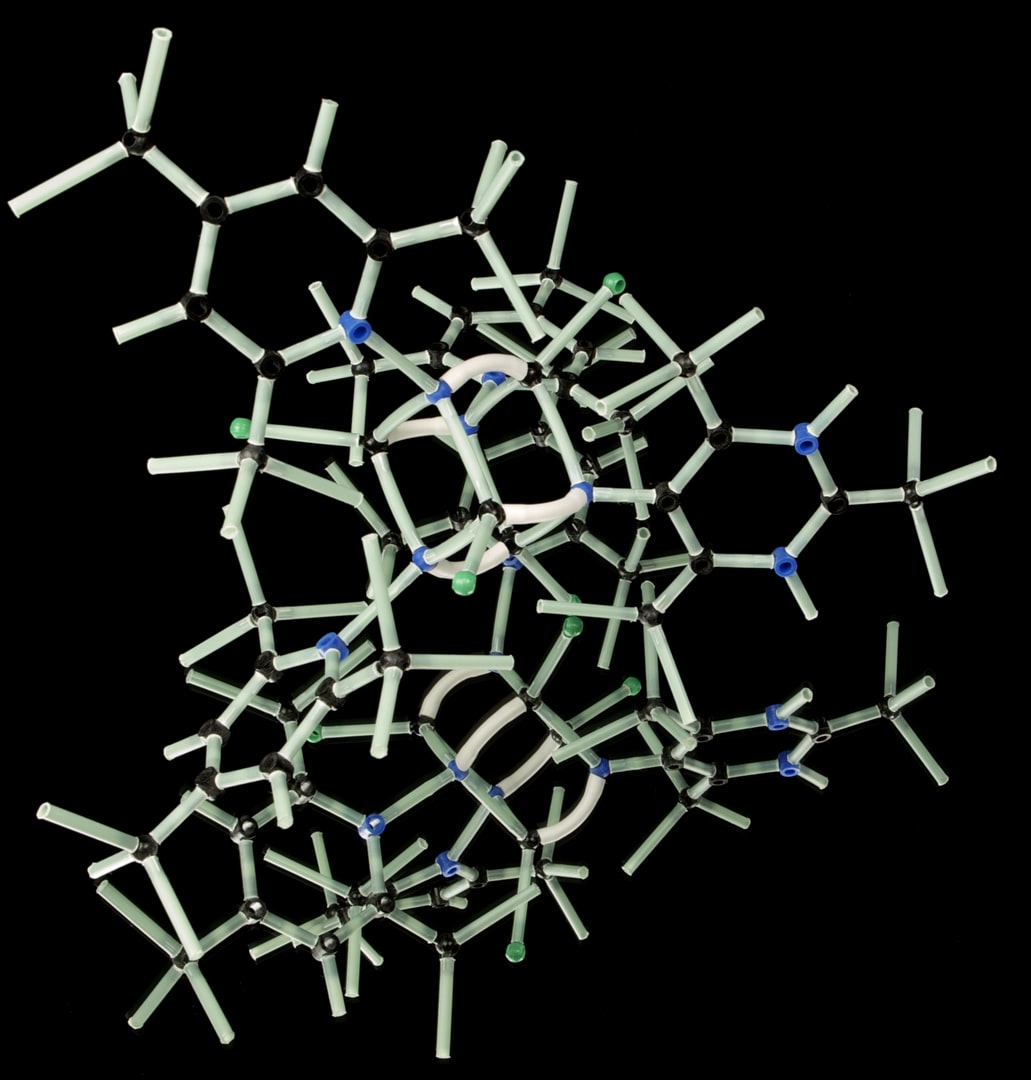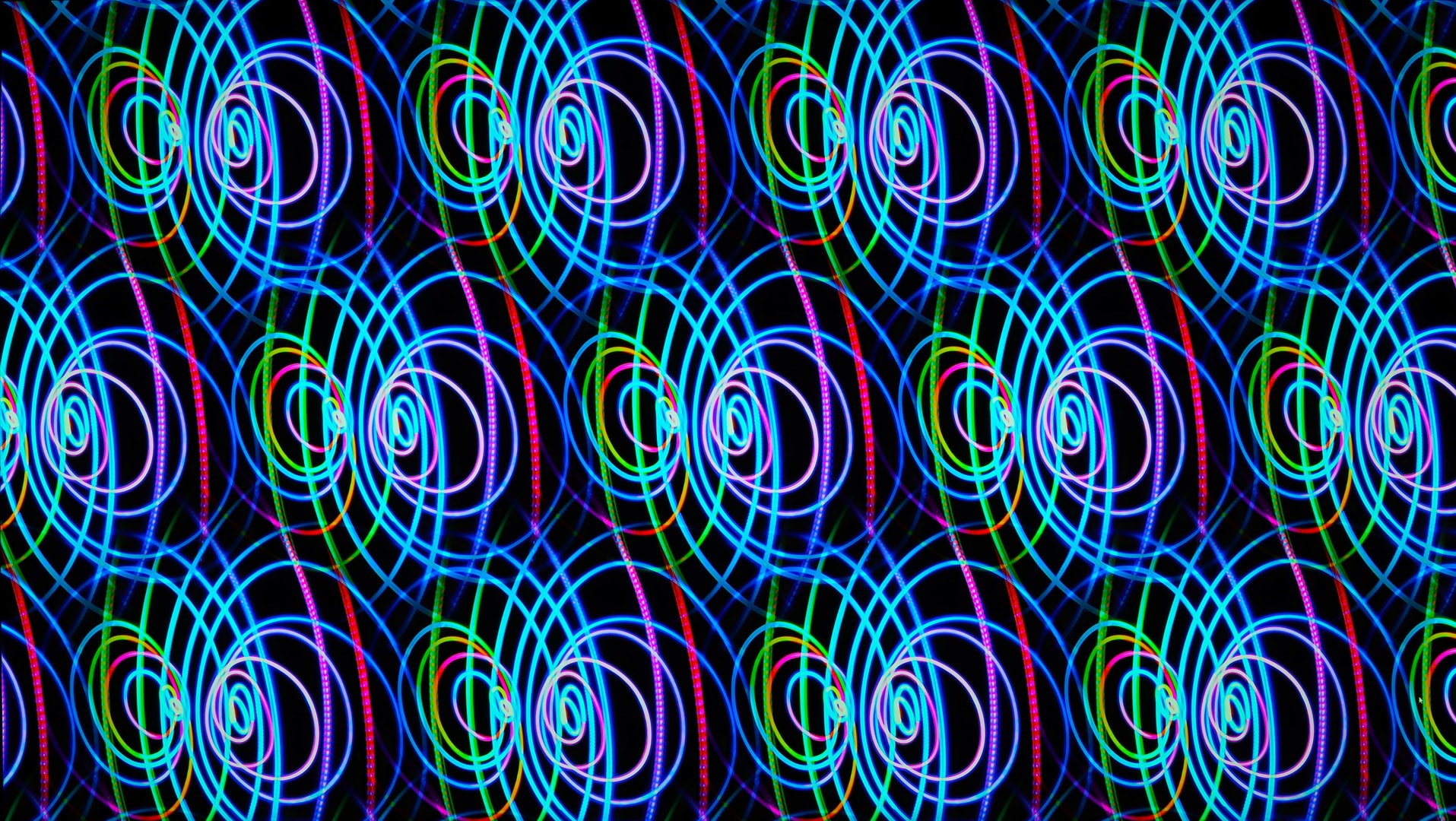
Chemistry
Clathrate cages
Dissipative structuring gives false vacuum behaviour. Momentum can transfer to or from sub-atomic quarks leading to spacetime curvature.


We grow in direct proportion to the amount of chaos we can sustain and dissipate.
Ilya Prigogine

Chemistry
Dissipative structuring gives false vacuum behaviour. Momentum can transfer to or from sub-atomic quarks leading to spacetime curvature.

Magnetism
Hyperbolic curvature and electromagnetic duality lead to dual superconductivity. Flows of magnetism and energy allow for work to be generated.

Phase change
Scale-invariance dominates both the micro- and macro-scales of the system. An emergent gauge field couples to the quantum action.

Energy conservation
Confinement processes in clathrate cages and sub-atomic particles are correlated through gauge symmetry to enable transfers of energy.
In the 21st century one revolution which can take place is the construction of generalizations which jump and jumble the hierarchies, or generalizations which allow scale-free or scale transcending phenomena. The paradigm for the first is broken symmetry, for the second self-organized criticality.
Philip W. Anderson

Only metastable liquids, ie. those prevented from entering a new phase by an energy barrier, can resist an externally applied mechanical tension, or negative pressure. Where molecules are closely packed and experience large, attractive forces, liquid cohesion leads to a mechanical stability limit, or spinodal. A liquid under tension is a form of superheat and an activation energy is required to enter a new phase (either a liquid-vapour or a liquid-liquid phase transition).

The high level of degeneracy that arises for the frustrated system leads to fractionalization of the magnetic moments into effective, irrationally charged monopole excitations. This behaviour is widely reported in low-energy spin ice magnets. The monopole defects are divergent sources and convergent sinks of magnetic flux. These ice-rule violating defects are deconfined and exhibit a magnetic Coulomb interaction as well as Faraday electromotive forces.

Small perturbations produce critical responses with associated long-range interactions that dominate the system. This phenomenon is known as ‘self-organised criticality’. Such systems are dynamically attracted to a state where they display power-law scaling, ie. long-range correlations dominate to bring about a new, effective interaction and global features that are very different from the underlying microscopic physics.